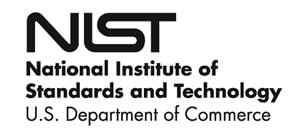RSS feed source: Federal Emergency Management Agency
LITTLE ROCK, Ark. – Low-interest disaster loans from the U.S. Small Business Administration are available to Arkansas residents, businesses of all sizes and nonprofit organizations that are recovering from back-to-back severe storms, tornadoes and flooding that swept across the state March 14-15 and April 2-22.
Residents and businesses in Greene, Hot Spring, Independence, Izard, Jackson, Lawrence, Randolph, Sharp and Stone counties may now apply if they had damage in the March storms. Similarly, residents and businesses affected by the April storms, tornadoes and flooding in Clark, Clay, Craighead, Crittenden, Desha, Fulton, Hot Spring, Jackson, Miller, Ouachita, Pulaski, Randolph, Saline, Sharp, St. Francis and White counties may also apply.
FEMA partners with other agencies to help meet the needs of disaster survivors. Disaster loans are the largest source of federal recovery funds for storm survivors. They help private property owners pay for disaster losses not covered by insurance, local or state programs. SBA loans also cover deductibles and increased cost of compliance after a disaster. Survivors should not wait for an insurance settlement before submitting an SBA loan application.
Interest rates on disaster loans can be as low as 2.75% for homeowners and renters, 3.62% for private nonprofit organizations and 4% for businesses, with terms up to 30 years for physical damage to real estate, inventory, supplies, machinery and equipment. Loan amounts and terms are set by
Click this link to continue reading the article on the source website.

